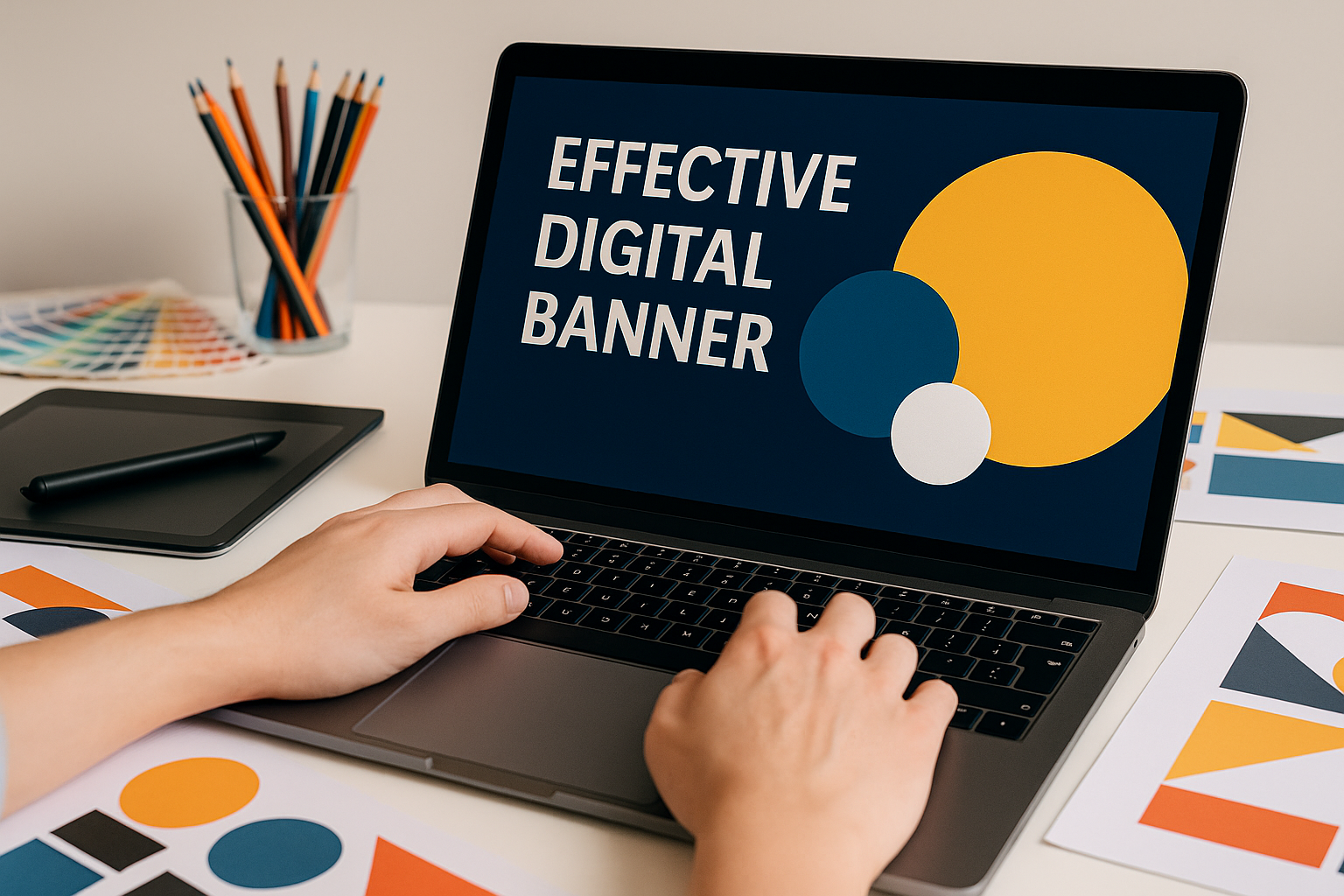Digital Banners Still Matter: How to Turn Ad Space Into Impact

When was the last time you noticed a digital banner ad? For many, the answer is “not often.” With all the noise online, banners have gained a reputation for being ignored, skipped, or blocked. But here’s the truth: digital banners still matter—when they’re done right.
At Ndali Digital, we’ve helped brands transform simple ad space into powerful storytelling tools that drive clicks, conversions, and brand recognition. Let’s break down why banners are still relevant and how to make them work for your business.
- The Evolution of the Banner Ad
The first-ever digital banner ad launched in 1994. It was simple, bold, and got a 44% click-through rate—unheard of today. Fast forward three decades, and the internet is saturated with ads. People see thousands of them daily.
But instead of making banners obsolete, this evolution has pushed designers and marketers to be smarter, not louder. Modern banners are dynamic, interactive, and highly targeted.
- Why Banners Still Work in 2025
Reach where people already are → Banners live on websites, apps, and platforms your audience uses daily.
Targeted delivery → Programmatic advertising means your banner can appear only to the people most likely to care.
Visual storytelling → A well-designed banner can communicate more in 3 seconds than a paragraph of copy.
Consistency → Seeing your brand across multiple sites builds familiarity and trust.
Think of banners as the digital billboards of the internet—they create awareness, spark curiosity, and drive people into your funnel.
- Design Principles That Win Attention
Bad banners scream “ignore me.” Great banners blend creativity with clarity. Here’s what makes the difference:
✅ Strong visuals – Use high-quality images, illustrations, or branded graphics. No pixelated stock photos. ✅ Minimal text – Your message should be scannable in 2 seconds. Think: “20% Off. Shop Now.” ✅ Clear call to action (CTA) – Buttons like “Learn More” or “Get Started” drive clicks. ✅ Brand consistency – Stick to your colors, fonts, and style so banners feel like you. ✅ Responsive design – Your banner should look just as good on a 27-inch screen as it does on a mobile feed.
At Ndali Digital, we often animate banners with tools like GSAP or HTML5 to make them interactive without being annoying. A subtle fade, slide, or hover effect can boost engagement dramatically.
- Common Mistakes That Kill Banner Campaigns
❌ Overloading with text – A banner isn’t a blog post. One headline + one CTA is enough. ❌ Ignoring size formats – A 300x250 banner won’t behave the same as a skyscraper (160x600). Each format needs custom design. ❌ No tracking – If you don’t measure clicks, impressions, and conversions, you’re flying blind. ❌ Using the same creative for months – Audiences get “banner blindness.” Refresh your designs regularly.
- From Banner to Business Results
Banners are often seen as “top of funnel”—just for awareness. But in reality, they can drive direct sales, app installs, and lead generation when paired with the right targeting.
Imagine this flow:
A user sees your banner for a new app.
They click and land on a beautifully optimized landing page.
They sign up or download within minutes.
That’s not just awareness—that’s growth.
- The Future of Digital Banners
The next wave of banners won’t just be static rectangles. We’re moving toward:
Dynamic banners that change content based on user behavior.
AI-driven personalization where each viewer sees a version tailored to them.
Interactive banners that let you swipe, tap, or even shop directly.
Brands that embrace these innovations will stand out in the crowded digital space.
Final Thought
Digital banners aren’t dead—they’re evolving. When built with strategy, creativity, and technology, banners are one of the most cost-effective ways to keep your brand visible, relevant, and clickable.
At Ndali Digital, we don’t just design banners—we design digital experiences that convert. From static to interactive, every pixel is crafted to help your brand stand out where it matters most: in front of your audience.